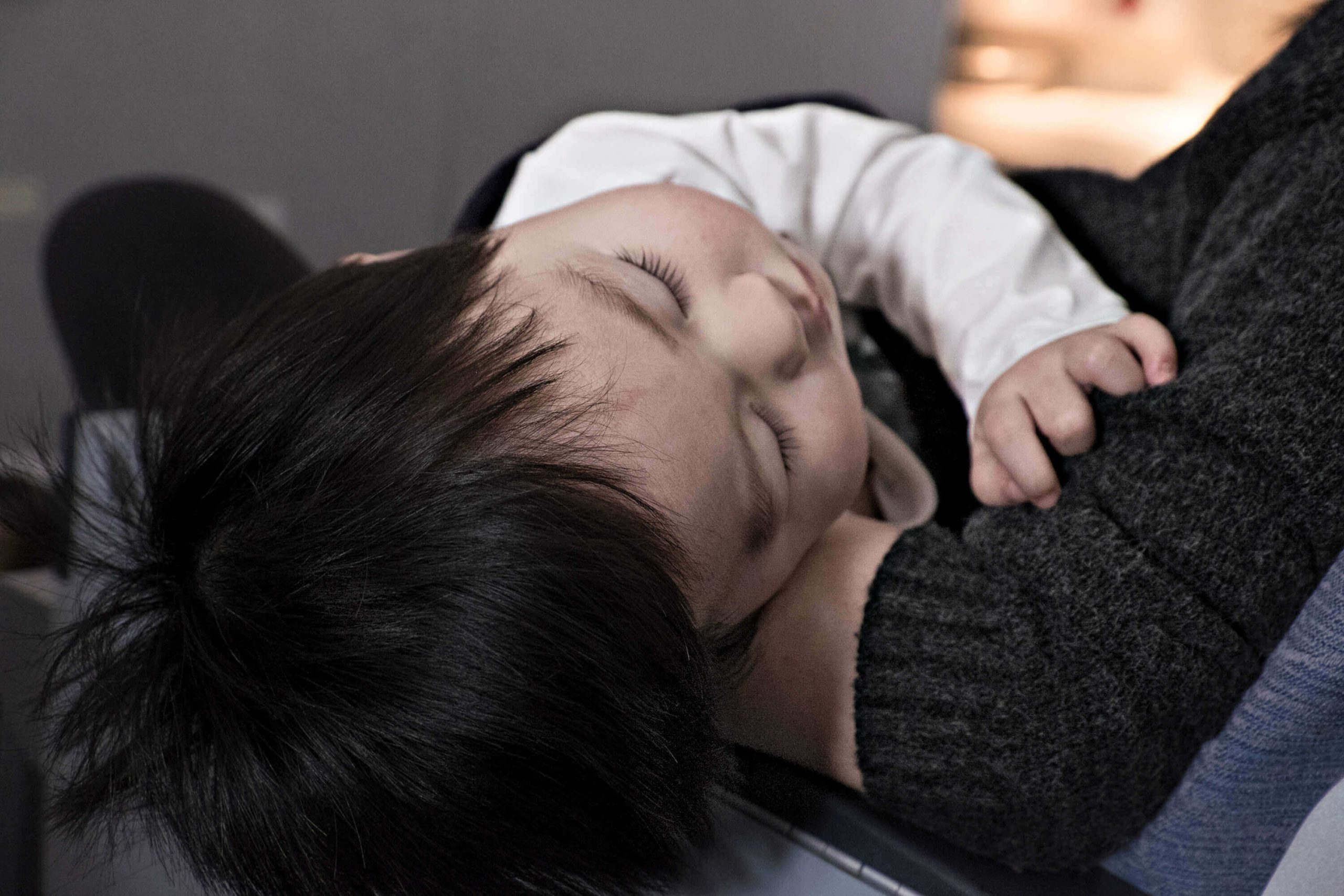 Flying with a baby and family vacations are an American institution; a week or two of solid family time without the stresses of school or work brings families together and can create great memories that last for years. Just the thought of seeing your precious little one’s face as he discovers amazing new environments should be enough to put a smile on your face… until you remember you have to put him on a plane to get there.
Flying with a baby and family vacations are an American institution; a week or two of solid family time without the stresses of school or work brings families together and can create great memories that last for years. Just the thought of seeing your precious little one’s face as he discovers amazing new environments should be enough to put a smile on your face… until you remember you have to put him on a plane to get there.
Contents
Babies and planes are a notoriously bad match. To be fair to them, babies don’t understand what on earth is going on – you can hardly explain to an infant that the uncomfortable ear-popping sensation is totally normal and nothing to worry about, can you?
Thankfully, there are things that can be done to ease the journey.
Sticking to the Status Quo
All parents know that having a routine in place for their child is one of the best ways to keep them happy. Regular nap times and feeding times help to keep unexpected tantrums at bay and are a source of comfort to babies.
That being said, it’s extremely difficult to make a flight without disrupting your baby’s routine in some way. If you prepare early enough, you may be able to find a flight that suits your child’s regular routine. Try not to book a flight that would mean missing any regular feeding times. If you leave for the airport with enough time, you’ll be in less of a rush at departures and you’ll be able to find comfortable areas to carry out feedings without it being stressful.
If you’re taking a long-haul flight, try and book it at night so your baby can snooze the night away in a bassinette without disrupting its routine or any of the other passengers.
The Dreaded Ear Pressure
When you fly, the change in air pressure makes a bubble of compressed air push against your eardrums. When you swallow, a little tube in your inner ear should open that equalizes the pressure. It’s all pretty annoying and can be particularly painful for some people, especially little people who can’t fathom what’s going on. All they know is: they’re in pain. And when they’re in pain, they cry for mommy and daddy to help them.
Unfortunately, there’s little parents can do about the ear-ache once it’s happened – you just have to hope that your baby swallows or opens that little tube by itself. Until then, prepare for some serious screaming.
But there is something you can do to prevent that ear pressure to begin with, thankfully. Try breast-feeding or bottle-feeding your baby on take-off and landing. This is when the air pressure in the cabin changes, so keeping baby swallowing milk or juice throughout should prevent them from ever being in pain to begin with.
Similar to ear pressure, nose congestion is a common symptom; thus, it’s advisable to seek suitable nasal sprays for your baby.
Flying is Not the Time for Self-Soothing
Even grown-ups find flying stressful and uncomfortable, and they’re far better prepared for flying than babies are. Babies don’t cry on planes just for the fun of it – they’re probably stressed out, uncomfortable and scared of their new environment.
Whilst self-soothing techniques might be useful at baby’s regular bed-time, but leaving them to it in the middle of a flight isn’t going to help anyone. The plane is what’s upsetting it, and the plane isn’t stopping until you reach your destination.
A flight is the time to distract, comfort and distract some more. Make sure you’ve got your baby’s very favorite blanket and toys with you in the cabin to keep their mind off their new environment and keep them thinking about home. This may even be the time to treat your baby with a small sweet or sucking candy; they are going through – what might feel to them – an ordeal, after all, plus the chewing/sucking will help with any ear-ache they may be experiencing in transit.
Brush up on your patty-cake skills; they might be your most powerful weapon against tantrums.
Sitting Comfortably?
“The safest place for your child on an airplane is in a government-approved child safety restraint system (CRS) or device, not on your lap,” according to the Federal Aviation Association. Many airlines offer discounts for children flying with a CRS.
With your child strapped in safely and comfortably during turbulence, you’ll be less stressed out, which, in turn, leads to a more relaxed infant. Safety is paramount – all crying aside, as long as they’re safe, you’ve got nothing to worry about, really.
